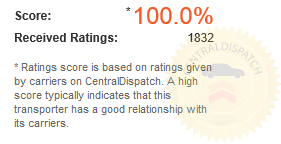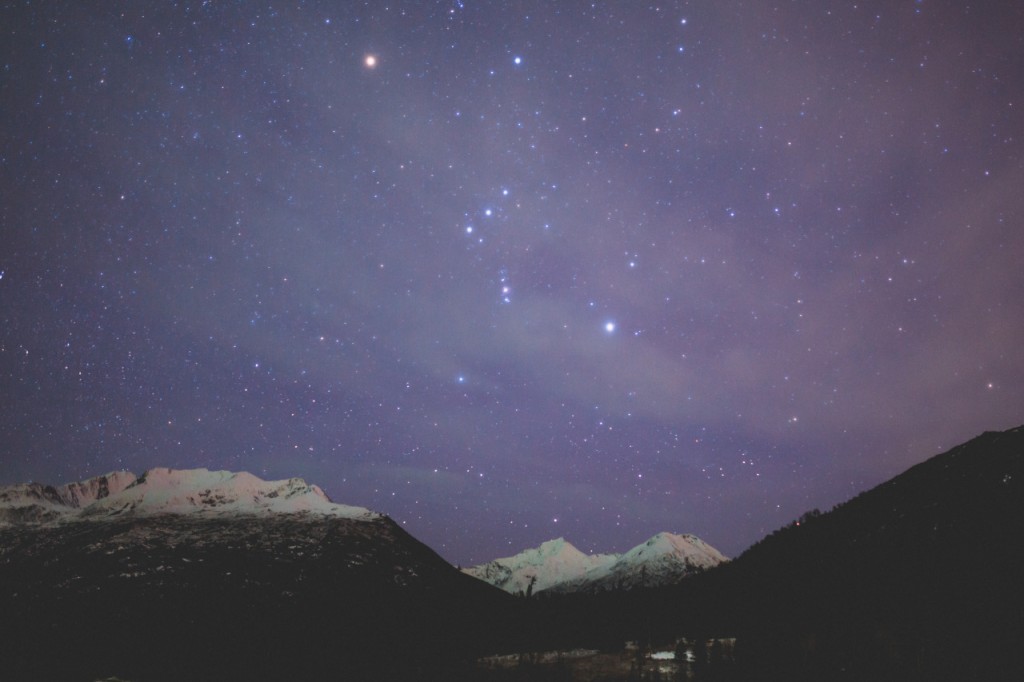Summer is long behind us as we welcome in fall. Fall brings change in weather, change in clothing and change in our mindset. We get ready for the beauty of the falling leaves, maybe a fall road trip and getting excited for the upcoming holidays. Hearth and home is more important and more apparent during the fall season.
As we leave behind memories of walking on the beach at night, we do get other opportunities to glimpse nature at its finest with the onset of the upcoming meteor showers and shows. Just because summer has ended and we don’t find ourselves walking under the stars on the beach at night doesn’t mean we still can’t enjoy a meteor shower or two along the way in fall.
Of course, some of the most-loved and well-known light shows are the Perseid meteor show in Alaska and the Aurora Borealis, but here are a few others.
The Orionids
If you live far enough away from the bright city lights and have an evening with a cloudless sky, you can view the meteor shower of the Orionids. Friday night into the wee early hours of Saturday morning will give you an opportunity to view the dancing lights of the Orionids. You won’t even necessarily need the benefit of a telescope.
The prediction for best viewing for this meteor show is in the wee hours just before dawn. If you’re up for an adventure, you might get lucky and see quite the show.
You may even get to see a dozen or more meteor showers an hour on this one. While October may be peak viewing time, you may still see some action up until somewhere in mid-November.
If nothing else, you might be able to view the a full and brightly shining moon in the hours just before dawn. If you’re a fan of super moons, then you are in luck this year. The entire month of November will be a great time to head outside and check out a rare view of Earth’s moon, up close and personal. It will get to boast that it is the fullest, brightest and biggest but also the closest since the late 1940s.
The North and South Taurids
From early to mid-November, you may be able to view the meteor shower the Taurids will put on display. While not as high in volume, these meteor showers will be apparent for a longer time frame.
While the Orionids may offer anywhere from 10 to 20 meteors per hour, the Taurids may be closer to seven per hour, but just as enjoyable the same. When Taurus the bull is high in the sky, the most activity can be seen.
The Leonids originate from Leo the Lion and if you were around in 1966 you may remember one of the greatest meteor shows there were. With thousands of meteors falling from the night sky, it was a show to remember.
For a more extensive list with some stunning pictures, click here:
http://earthsky.org/astronomy-essentials/earthskys-meteor-shower-guide#south-taurids



